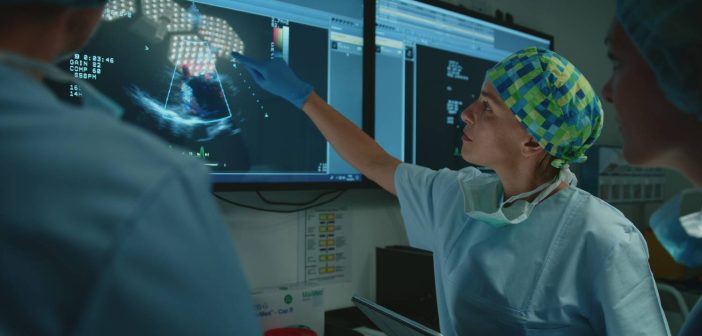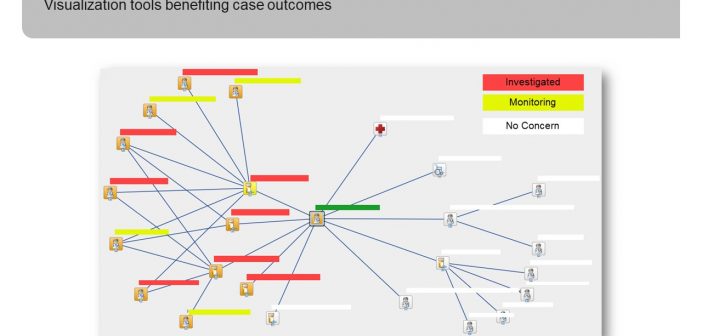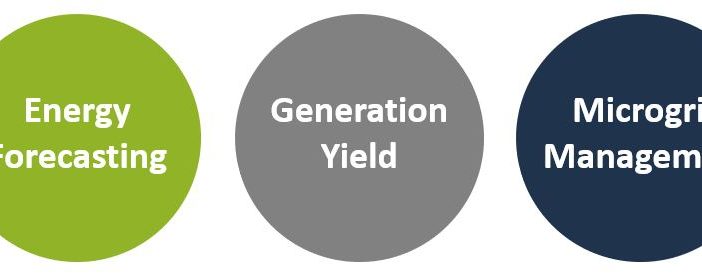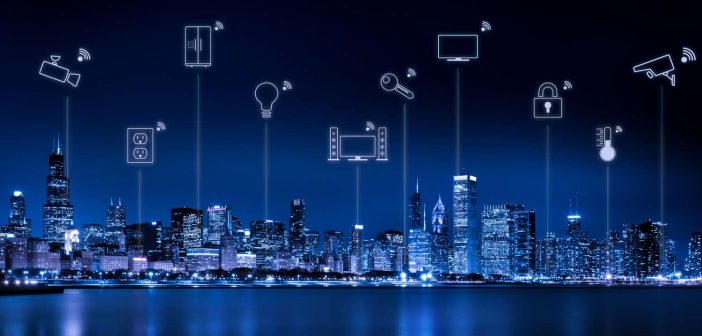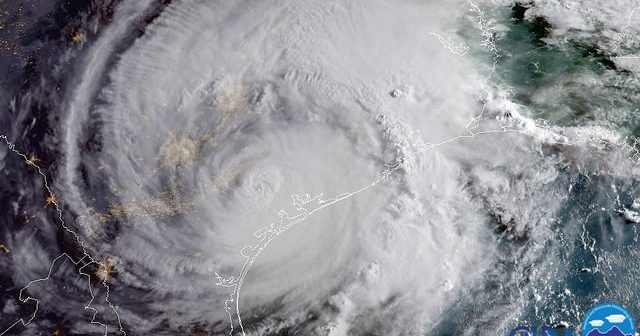
The health care industry has more data than it can utilize in meaningful decision-support capabilities. Whether it is the volume, the velocity, or the variety of the data, wrangling insights from this incessant stream is a never-ending and complex task. Enter the age of AI, where an agent can synthesize


